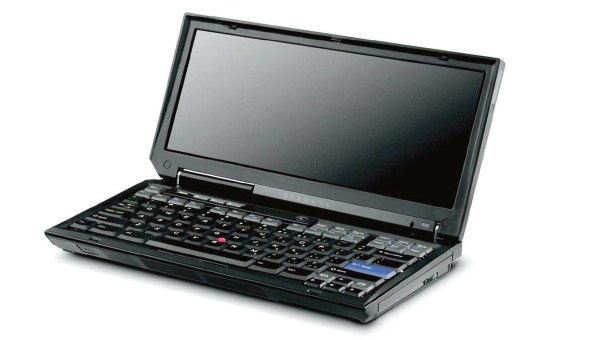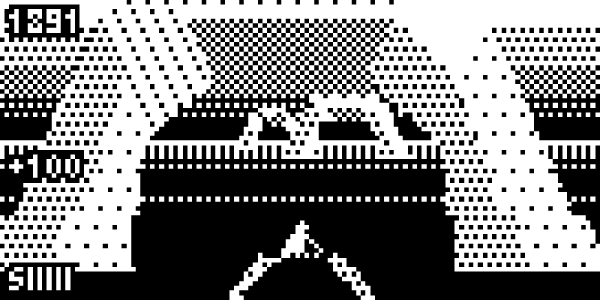[Dana Sibera], known as [@NanoRaptor] on Twitter, makes us wonder about devices that could have been, and wince about devices that must never see the light of day – summoned into existence by her respectable photo editing and 3D modeling skills. Ever wanted to see a Model M with a small green-tinted CRT built into its side? Now you have. Perhaps, a “self-tapping” DE-9 plug with wood screws for pins? Tough luck, here it is anyway, but you can have a palate cleanser if it was too much to bear. Having started over a year ago with the classic “spicy pillows, but actually pillows” design, she keeps gracing us with portrayals of tech and tech-adjacent objects straight from the depths of her imagination.
 None of the things she shows exist in real life, some regretfully and some thankfully so, but that’s not the first thing on your mind when you stumble upon a cube-shaped iPod with a built-in equalizer in your Twitter feed. Pictures like this “cassette ROM” or the deluxe woodgrain 386DX are quite apparent in what they are. On the other hand, devices like this “Mini VGA” dongle or the amber CRT-adorned TI92 Plus might have you reach for your wallet before you realize what’s up, and the photographic-proof-accompanied assertion about early floppy drives being punchcard-based might have you believe you are just not up to date on your retrocomputing trivia. Continue reading “[Dana Sibera] Creates Devices That Don’t Exist”
None of the things she shows exist in real life, some regretfully and some thankfully so, but that’s not the first thing on your mind when you stumble upon a cube-shaped iPod with a built-in equalizer in your Twitter feed. Pictures like this “cassette ROM” or the deluxe woodgrain 386DX are quite apparent in what they are. On the other hand, devices like this “Mini VGA” dongle or the amber CRT-adorned TI92 Plus might have you reach for your wallet before you realize what’s up, and the photographic-proof-accompanied assertion about early floppy drives being punchcard-based might have you believe you are just not up to date on your retrocomputing trivia. Continue reading “[Dana Sibera] Creates Devices That Don’t Exist”













